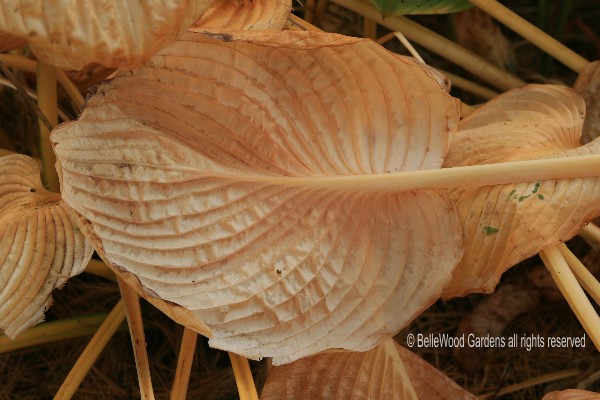
Tuesday, 16 November 2010
Autumn Color at the New York Botanical Garden
There's always so much to see and do at the New York Botanical Garden. It's never a matter of driving in, doing one thing, turning around and heading home again. The impetus today was, of course, the press preview for the Holiday Train Show. Next was a scrumptious lunch in the Garden cafe, followed by a slow saunter over to the Shop in the Garden where I bought a charming cache pot and some note cards. Then, on the walk back to where I had parked the car I took a parallel path through the Jane Watson Irving Perennial Garden.
Mid-November may not seem like an ideal time for outdoor garden visitation. The Garden, buffered by the heat sink provided by buildings and pavement of New York City, has not yet had a killing frost. Cannas are not yet blackened. Short days and cool temperatures have provided the signals for trees and shrubs to cease production of chlorophyll and reveal their autumnal hues.

A view along the main roadway displays brilliant autumn colors
against the boundary of a meticulously trimmed yew hedge.
We tend to favor the vivid hues of trees and shrubs such as
Hydrangea quecifolia, oak leaf hydrangea, vivid even in shade.
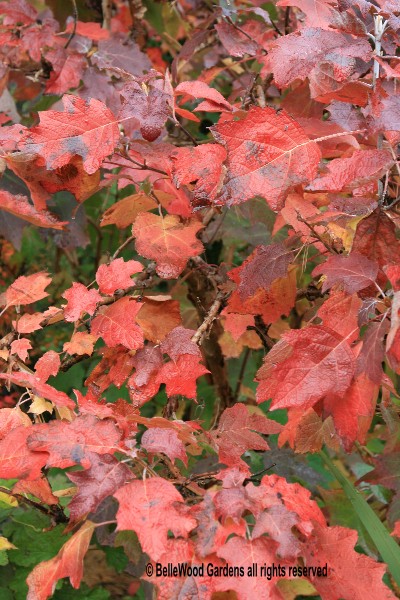
.
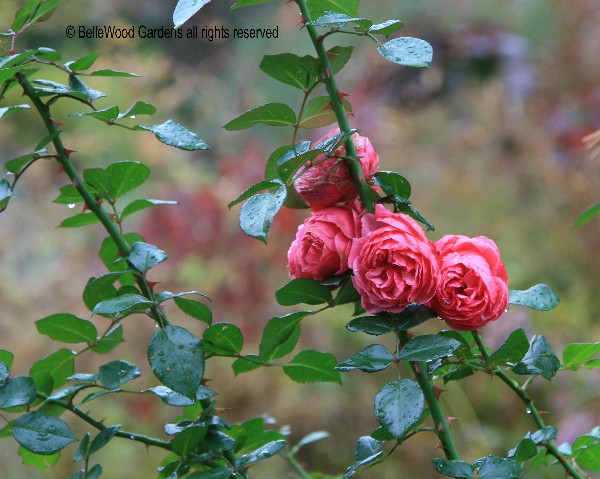
The last rose of summer . . . . often more pristine than in the height of the season. No leaf spot or
Japanese beetles to damage their bloom. we cherish them more for scarcity than when abundant.
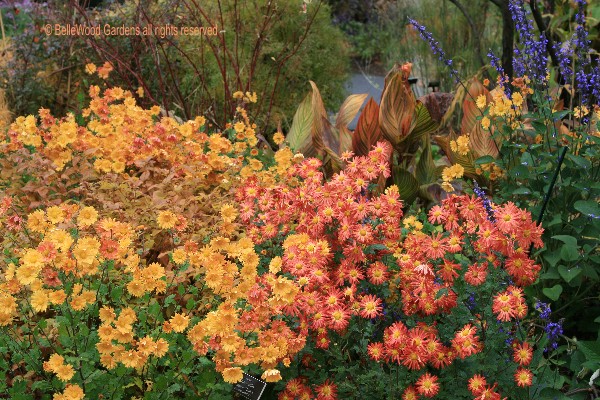
Then there are the flowers of autumn, chrysanthemums in rich russet, orange, and gold. These hardy
chrysanthemums are in the NYBG Series, sturdy plants with charming, daisy-like flowers developed
from Korean chrysanthemums. Their simple names: Series Orange, Series Red, Straw reflect
their charm. Notice, in the background, the bold leaves of Canna 'Tropicana' with similar colors.
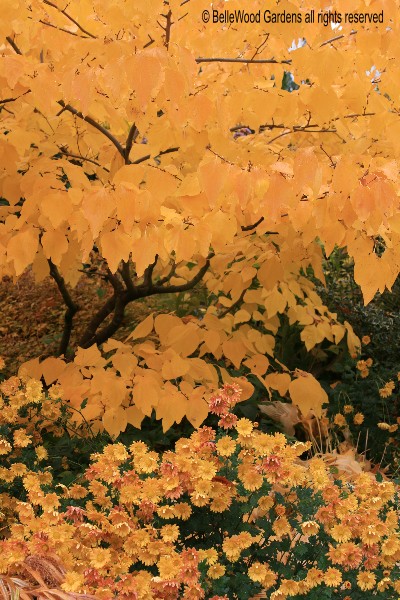
Enjoy the subtle pairing here, of Lindera obtusifolia's bright yellow leaves
matched with a chrysanthemum of near identical hue. The two together
provide a more impressive display than would either on its own. And
that is what makes a garden - plants better together than on their own.
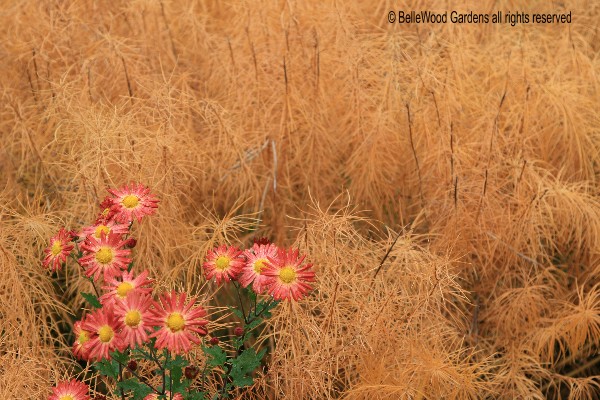
Another option: chrysanthemums with the delicate tracery of fall foliage of Amsonia tabernaemontana.
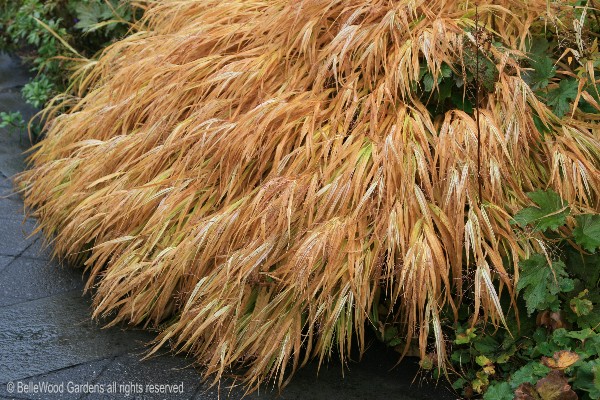
It need not be flowers, nor fiery hues of red and orange. Not even trees and shrubs. Perennials change,
delicately, like the "less reveals more" of haiku rather than a book length ode. Subtle shades
of straw in the wind-combed blades of Japanese forest grass, Hakonechloa macra 'Aureola'.
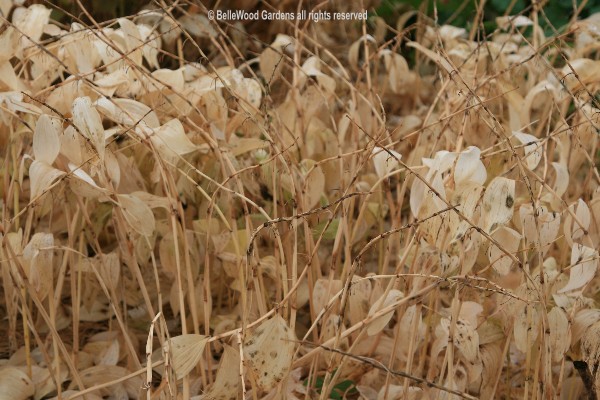
Translucent ivory of Solomon's seal, Polygonum odoratum 'Variegatum', its variegation faded away.
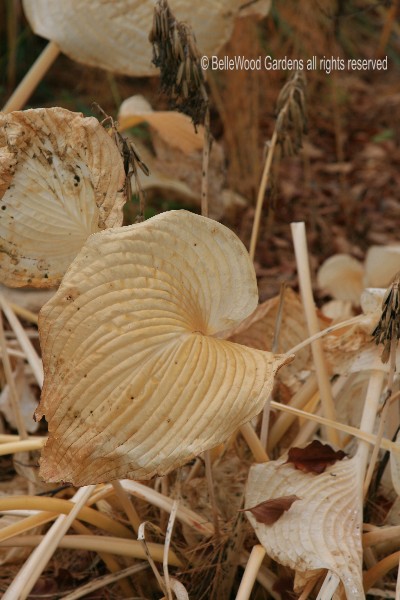
No longer glaucous blue, Hosta sieboldiana 'Elegans' has lost not only color but also substance,
adpressed veins appearing as the supporting structure that keeps it intact until compost becomes its fate.
